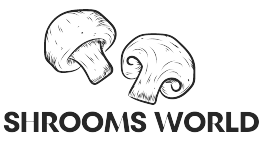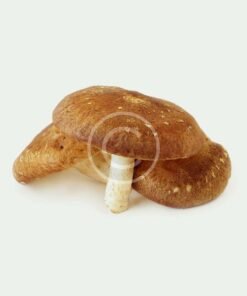Chanterelle Mushrooms
Chanterelle mushrooms have trumpet-like cups and wavy, wrinkled ridges that make them appealing. Depending on where they grow, the mushrooms range in color from orange to yellow to white.
Chanterelles belong to the Cantharellus genus, with Cantharellus cibarius, the golden or yellow chanterelle, being the most common variety in Europe. The Pacific golden chanterelle, Cantharellus formosus, is unique to the Pacific Northwest of the United States. Cantharellus cinnabarinus, sometimes known as cinnabar chanterelle, is a lovely red-orange cultivar native to the eastern United States.
Chanterelles, unlike farmed mushrooms or field fungi, are mycorrhizal and require a host tree or shrub to thrive. They grow close to trees and bushes in the soil, not on the plants themselves.
Chanterelle mushrooms are well-loved for their slightly fruity flavor in many regions of the world. The mushrooms provide a number of health benefits as well.
Health Advantages
Immune Support and Better Bone Health
Chanterelle mushrooms are best known for being rich in vitamin D. Many commercially grown mushrooms don’t contain much vitamin D because they’re grown in dark, indoor environments.
Wild-harvested mushrooms like chanterelle, morel, and maitake naturally contain high amounts of vitamin D thanks to their natural habitats. In fact, half a cup of chanterelles can have anywhere from 5 to 20 micrograms of vitamin D. This works out to about 30 to 100 percent of your daily recommended intake.

